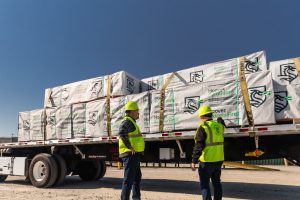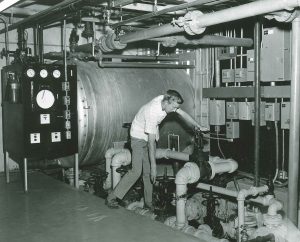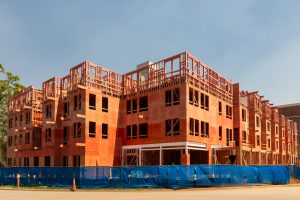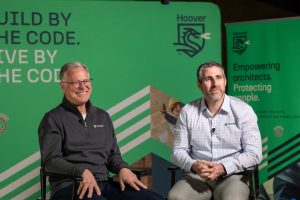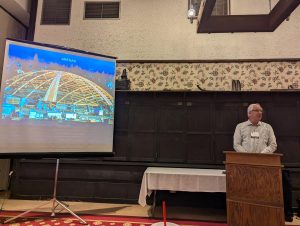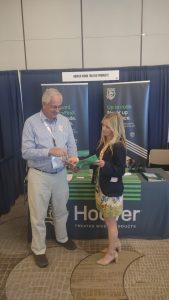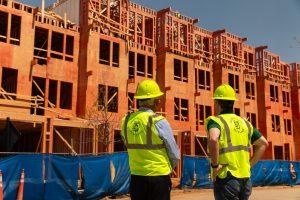
Meeting Building Codes with Fire-Retardant Treated Wood
A deep dive into how treated wood products help architects and contractors stay compliant with fire safety standards. As fire safety codes evolve, architects and contractors face growing pressure to specify and supply building materials that are both high performing and code compliant. Fire-retardant-treated wood (FRTW) plays a key role

